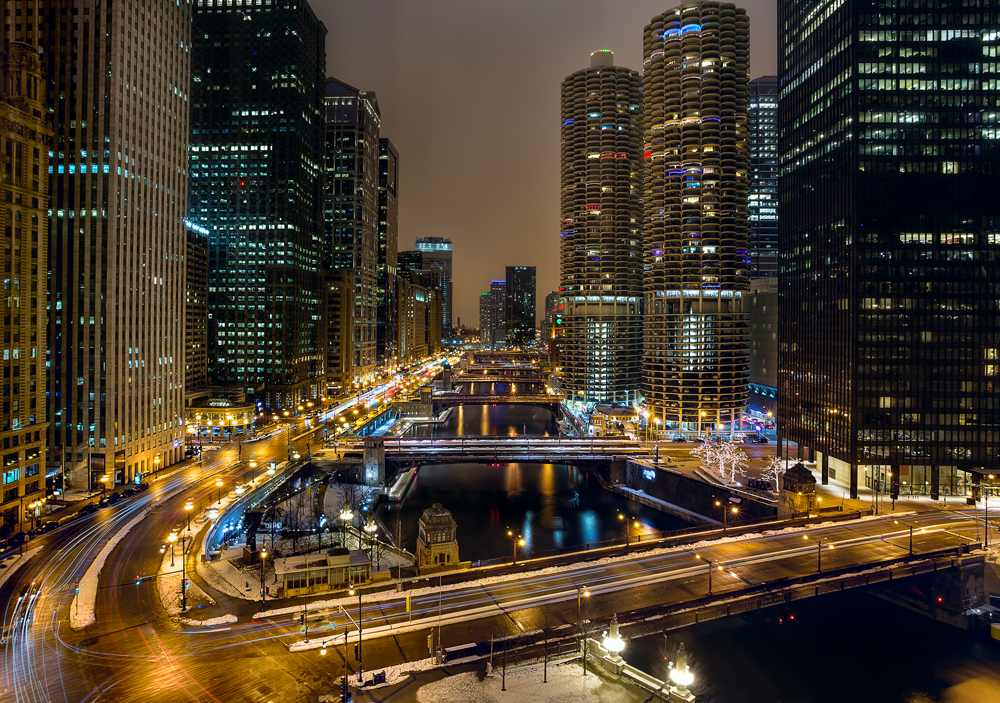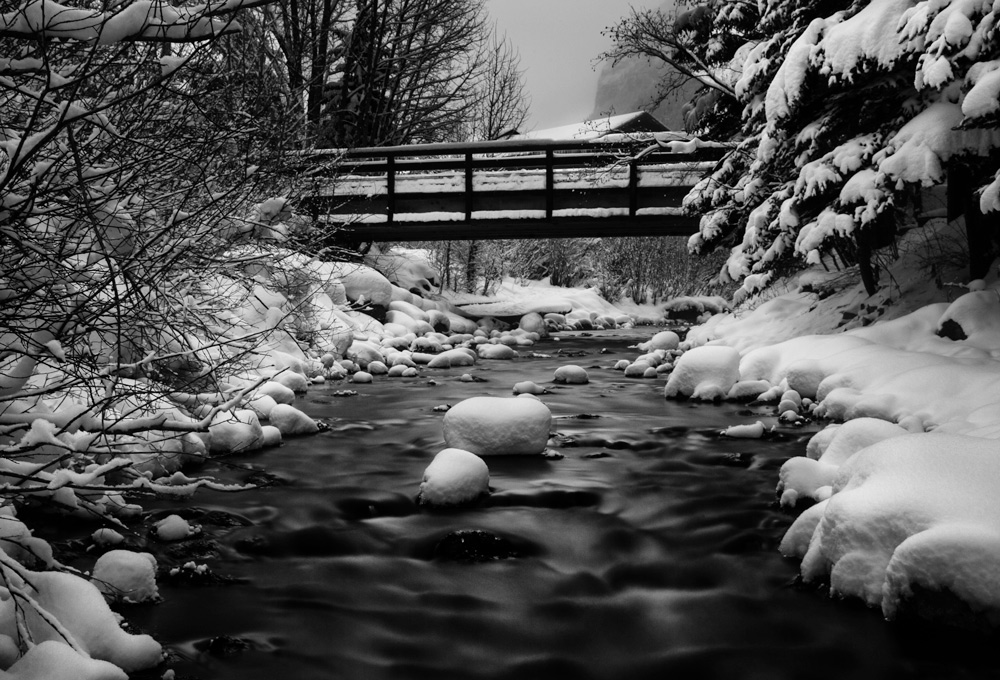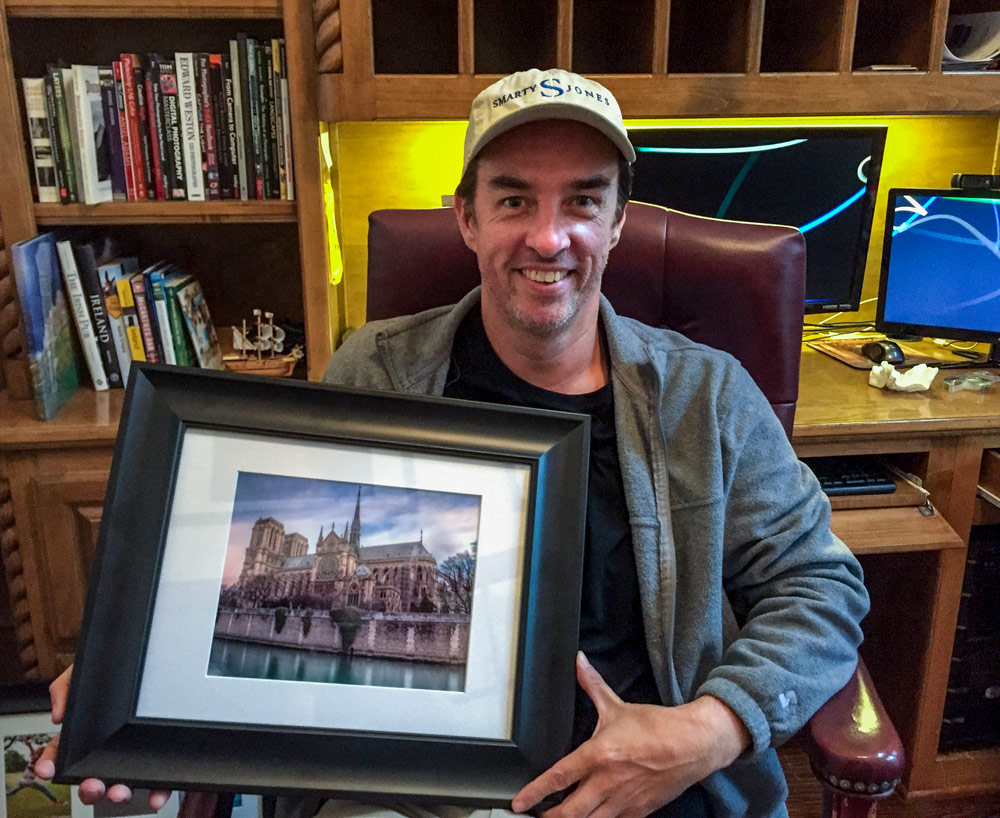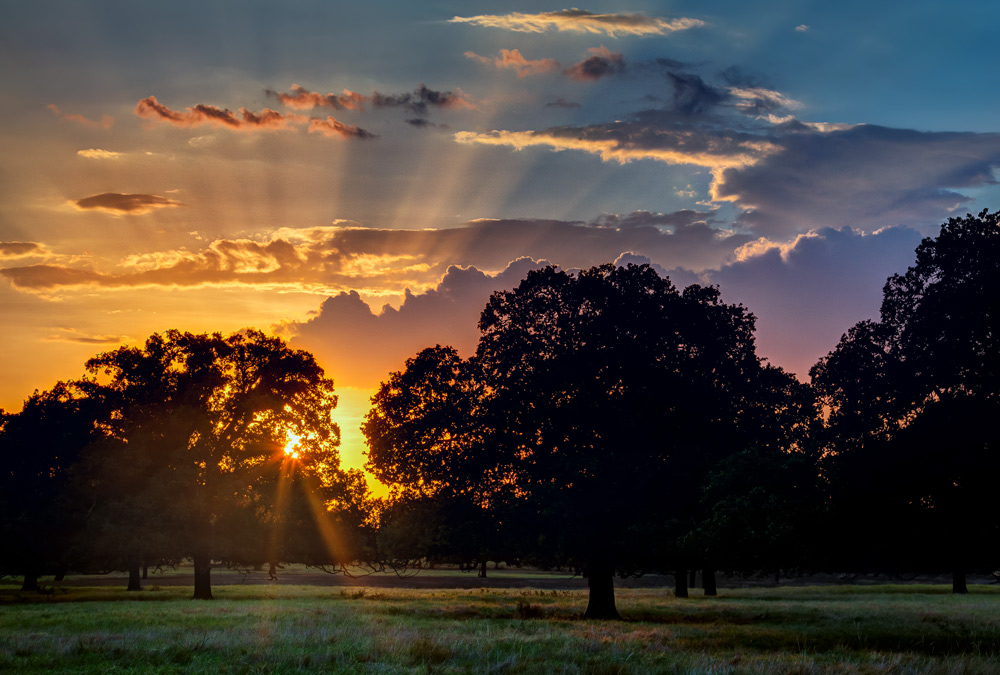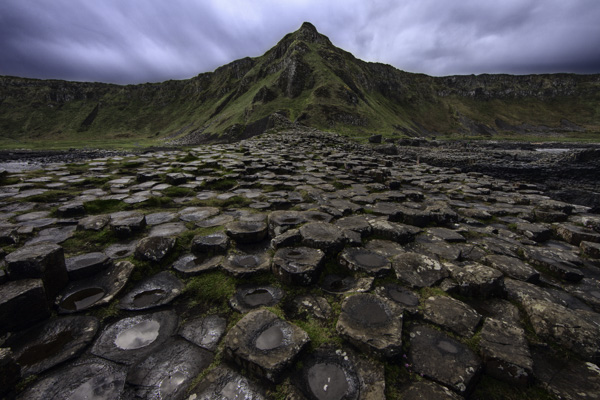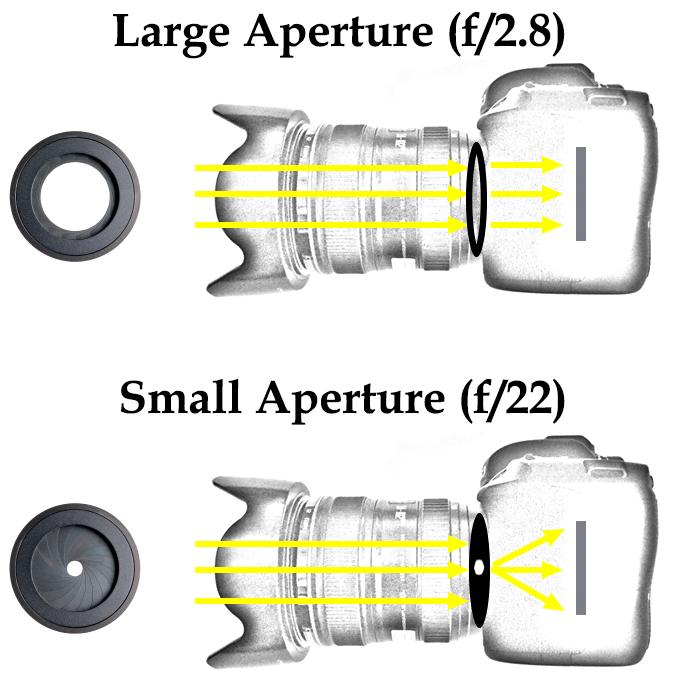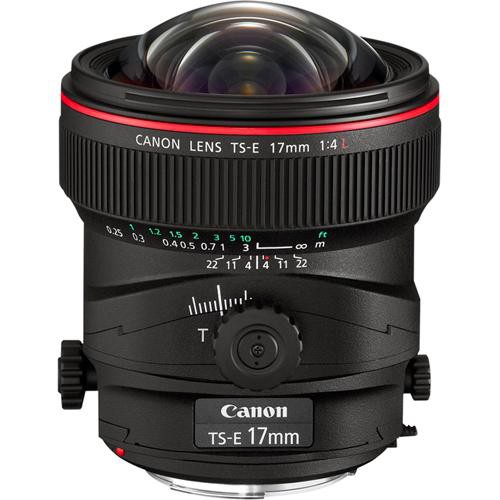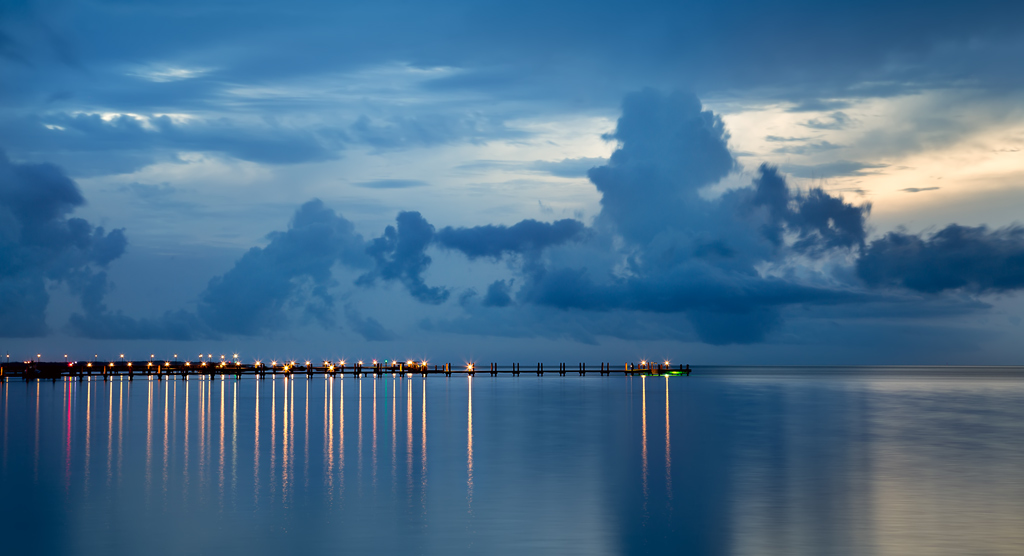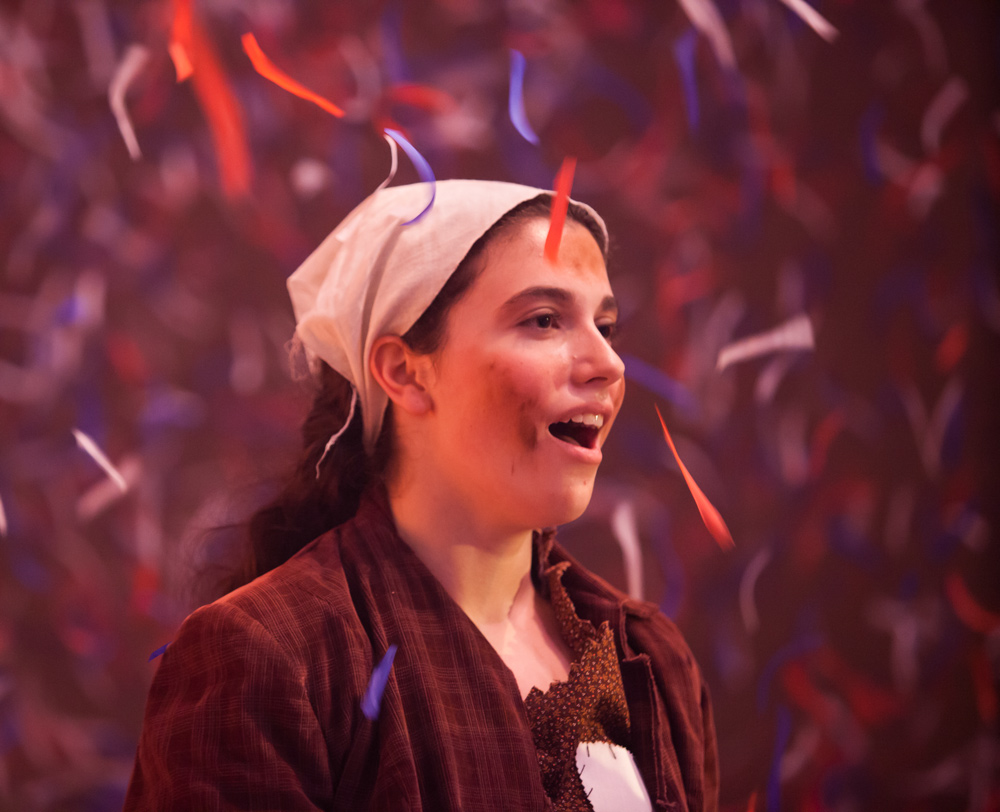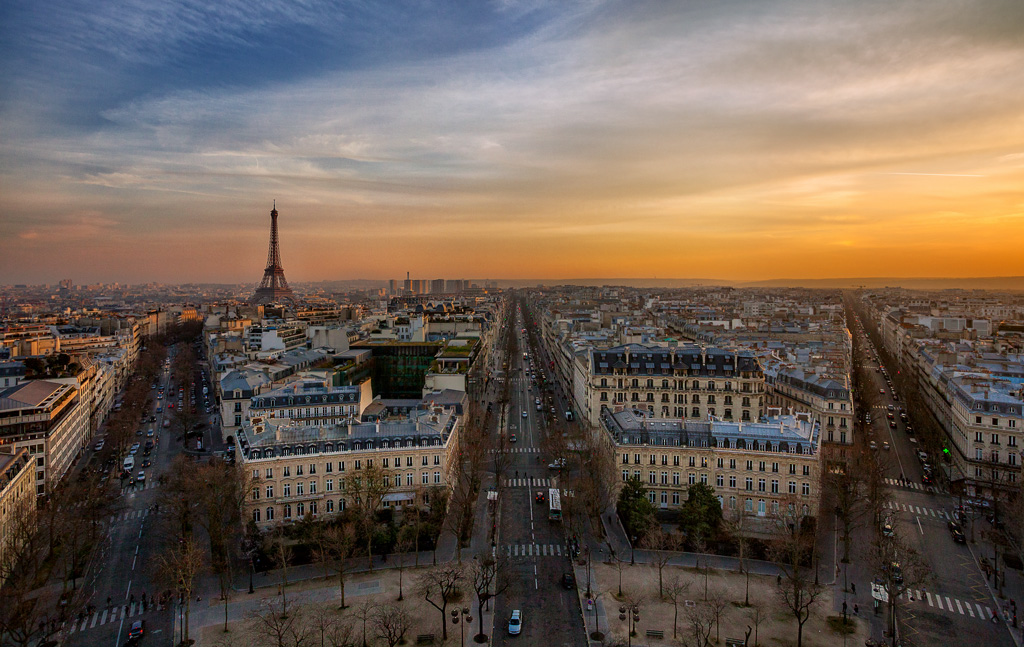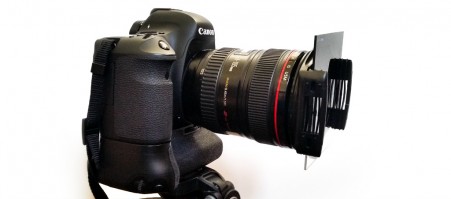Category: Techniques
Uncompromising HDR
After using different kinds of HDR software over the years, I found that they all have certain strengths and weaknesses. Some of the software tends to produce a certain look in the picture, which I might not want. I have also found that how well the software performs varies from picture to picture. I might love the… Continue reading Uncompromising HDR
Output Sharpening Made Easy
The sharpening process is divided into three parts. First, you will do something called input sharpening, which is where you add a little sharpening to compensate for the inherent fuzziness of RAW digital capture. Next, you will apply sharpening to key areas of your photo to make them stand out. Finally, the third step is… Continue reading Output Sharpening Made Easy
An Introduction to Black and White Photography
Many photographers wax nostalgic about black and white photography. If you have been around photography for any length of time, then you have almost certainly heard some old photographer carry on about the “timeless look” of black and white pictures. They will also try to justify the lack of color in their image, saying it… Continue reading An Introduction to Black and White Photography
The Complete Step by Step Process for Making a Print Using Lightroom
Printing used to be really hard. Photographers spent all day in the darkroom just to make a handful of prints. Now, thanks to improvements in inkjet printers, printing is much easier to do yourself. In addition, thanks to Lightroom, it is much simpler than it was just a few years ago. In this article, I’m… Continue reading The Complete Step by Step Process for Making a Print Using Lightroom
Exposure Compensation Explained
One of the questions I received recently asked me to explain exposure compensation. In this article, I will answer the 4 essential questions on that subject. What is Exposure Compensation? Exposure compensation is your ability to change the exposure values from something different than what the camera sets for you. Let’s back up to explain… Continue reading Exposure Compensation Explained
Understanding Input Sharpening
The sharpening process is broken down into three parts and this series will cover all three. In this first part, called Input Sharpening, you eliminate the inherent softness of a RAW file. The second part is called Creative Sharpening, and it is where you sharpen the picture to enhance it and draw the viewer’s eye… Continue reading Understanding Input Sharpening
Protecting Your Photos
I have good news and bad news. The bad news is that your photos are not safe online. I’m going to show you how they can be stolen, pretty much no matter what you do. The good news is that nobody really wants to steal your photos. Even unprotected, they are still pretty safe from… Continue reading Protecting Your Photos
4 Ways to Maximize Depth of Field
There are many times you want your image tack sharp from front to back. You need a wide depth of field to achieve this. How do you go about achieving the widest depth of field possible without some of the side effects that go along with that? That’s what you’ll learn in this article. Option 1:… Continue reading 4 Ways to Maximize Depth of Field
The Evil That Is Diffraction
You want to maximize the depth of field of your pictures. The obvious way to do that is to use the smallest sized aperture the lens will allow, right? You know that the smaller the aperture, the greater the depth of field. So why not just crank down the aperture all the way to f/22 (or whatever the… Continue reading The Evil That Is Diffraction
Using a Tilt-Shift Lens to Maximize Depth of Field
You want to maximize the depth of field of your images. You understand, however, that shooting at very small apertures can negatively affect image quality because of diffraction. You also know that the “sweet spot” for most lenses is somewhere in the range of f/5.6 – 8.0. Wouldn’t it be nice if you could use… Continue reading Using a Tilt-Shift Lens to Maximize Depth of Field
Autofocus Modes
What kind of name is AI Servo? When you look at the autofocus modes on your camera – if you use Canon – that will be one of the modes. It is a ridiculous name. I’m complaining about this name for a reason. And that is that understanding and choosing an auto-focus mode could be… Continue reading Autofocus Modes
Raw vs. JPEG: The End of the Debate
If you have been around photography for longer than 20 minutes you have no doubt been exposed to “Raw vs. JPEG” discussions. The issue is which format to use for your digital photos. We’ll start with JPEG, which is a universal file format used by nearly all cameras and computers. Digital cameras adopted this format and… Continue reading Raw vs. JPEG: The End of the Debate
Creating Background Blur in Your Photographs
When you have a definite subject of your photograph, you usually want it to appear as sharp as possible while at the same time making the background blurry. That will make the subject pop and minimize distractions in the background. Plus it just looks like a pro move, doesn’t it? Virtually all portraits are shot this… Continue reading Creating Background Blur in Your Photographs
A Simple Rule to Guarantee Sharp Photos
If you want to guarantee sharp photos, I propose that you always make sure your hand-held photos are shot with a shutter speed that is double your focal length. Let me explain. Most sharpness problems with your photos are not because your lens isn’t good enough. It usually isn’t because of a bad focus or aperture… Continue reading A Simple Rule to Guarantee Sharp Photos
Solving Dynamic Range Problems In-Camera: The Graduated Neutral Density Filter
Other articles have addressed the common problem of the limited dynamic range of your camera and how to deal with it. This is a pervasive problem in outdoor photography because the sky is almost always brighter than the ground. The sun creates harsh shadows and contrasts. Your camera cannot handle the difference in tones. Other articles have… Continue reading Solving Dynamic Range Problems In-Camera: The Graduated Neutral Density Filter

